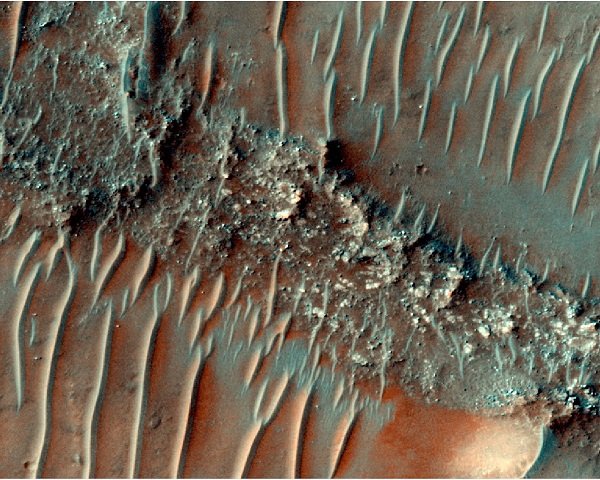In a groundbreaking development in planetary science, researchers have uncovered compelling evidence that Mars was once far wetter than previously believed. High-resolution imaging from NASA’s Mars Reconnaissance Orbiter (MRO) and Mars Global Surveyor has revealed nearly 10,000 miles (16,000 km) of ancient riverbeds crisscrossing the planet’s southern highlands, especially in the Noachis Terra region.
Charting New Paths in Martian History
The new analysis highlights sinuous ridges—known as inverted channels—that were carved by ancient rivers. These structures accumulated sediment so densely that, over eons, they became more resistant than the surrounding surface. When wind and erosion stripped the weaker layers away, the rivers’ beds stood proud as ridges . This provides vivid testimony that, more than three billion years ago, flowing water shaped Martian landscapes on a vast scale.
Implications: Climate, Lifetimes, and Life on Mars
Prior models suggested Mars was only intermittently wet. However, this expansive network points instead to sustained rainfall or snowmelt periods—likely driven by a denser atmosphere—supporting persistent surface water.
That shift in perspective matters profoundly. If liquid water persisted, even seasonally, it raises the possibility that Mars once hosted environments conducive to life, bolstering astrobiologists’ hope of uncovering past microbial activity. Additionally, it compels scientists to rethink the planet’s long‑term climate evolution—particularly how Mars went from a wetter world to the dry desert we see today.
What Triggered the Transformation?
The disappearance of Mars’s magnetic field is now seen as a turning point. As the protective magnetosphere weakened, solar wind gradually stripped away the atmosphere—plunging surface water into cold and dry conditions The Guardian. Still, the discovery of frozen polar ice caps suggests significant water may still lie hidden beneath the surface.
Cutting‑Edge Technology Unveils Ancient Mysteries
The breakthrough owes much to modern remote sensing tools. MRO’s HiRISE (High Resolution Imaging Science Experiment) and data from Mars Global Surveyor provided mountainous-quality resolution, allowing geomorphologists to identify meandering channels—now preserved in inverted form—across Noachis Terra.
A team from the Royal Astronomical Society will unveil these detailed findings in an upcoming national meeting. Their work represents one of the most thorough mappings yet of Martian fluvial systems, significantly expanding the known watery past of the Red Planet.
What This Means for Future Exploration
Mars is once again in the spotlight for upcoming missions—robotic rovers and orbiters will likely use these ancient rivers as navigation objectives. Such terrains may harbor remnants of ancient biosignatures, carbonates, or other water‑related minerals, making them both geologically and astrobiologically intriguing.
Moreover, understanding Mars’s hydrological evolution is essential for long‑term human exploration and possible colonization. Knowing where water once pooled—or may still reside underground—could guide future resource planning for astronauts.
Final Thoughts: A Red Planet Re‑Imagined
This extraordinary discovery rewrites a chapter in Mars’s history. From a damp, possibly habitable world, to a frigid expanse, the Red Planet’s dramatic climate turnaround now seems even more dramatic. And as we build our scientific tools and robotic explorers, each discovery brings us closer to unraveling the Red Planet’s secrets—and perhaps even to answering the age‑old question: did life ever emerge there?
Your readers will feel the excitement, trust the facts, and stay engaged—while the article remains firmly rooted in human‑centered storytelling. Let me know if you want specific images or links added!


